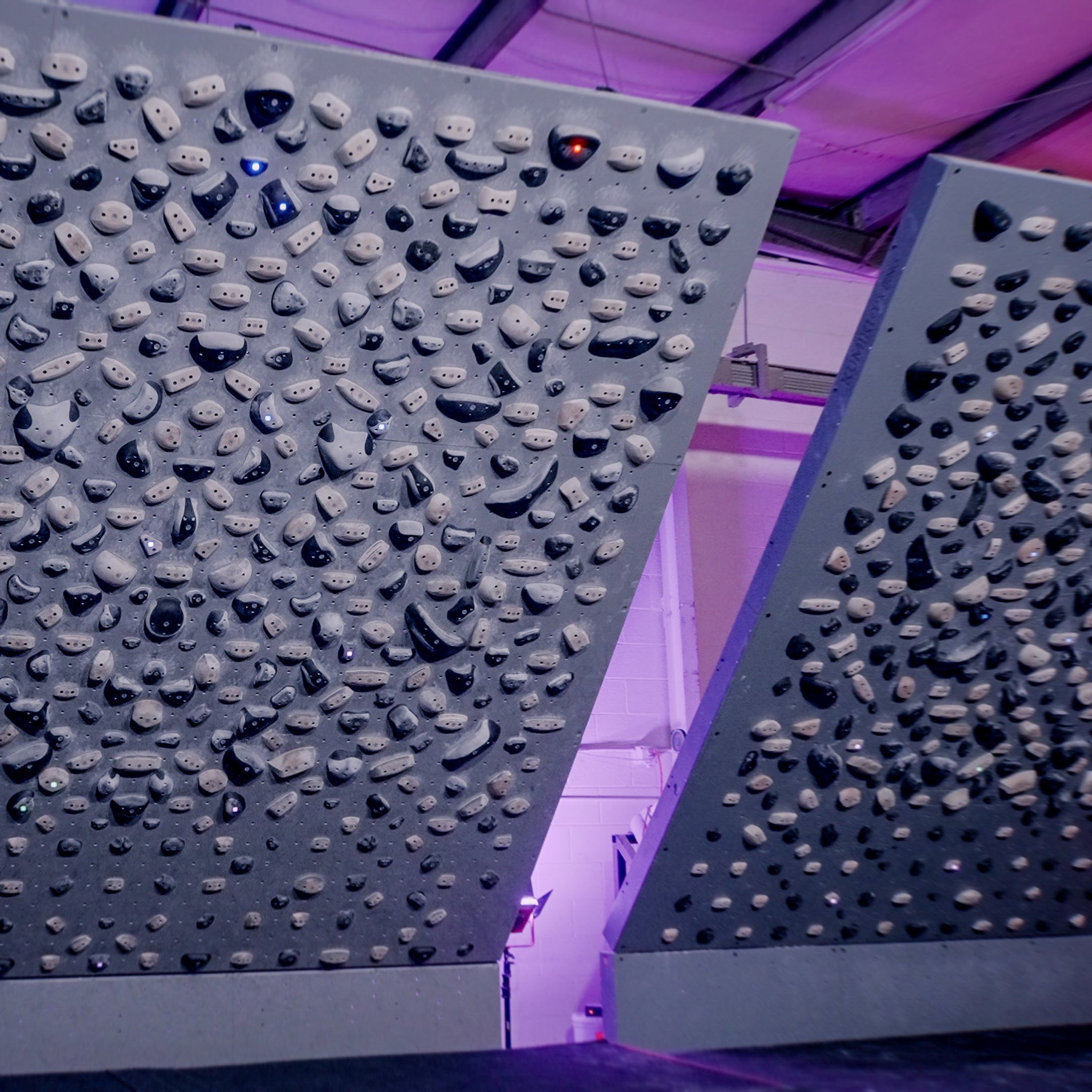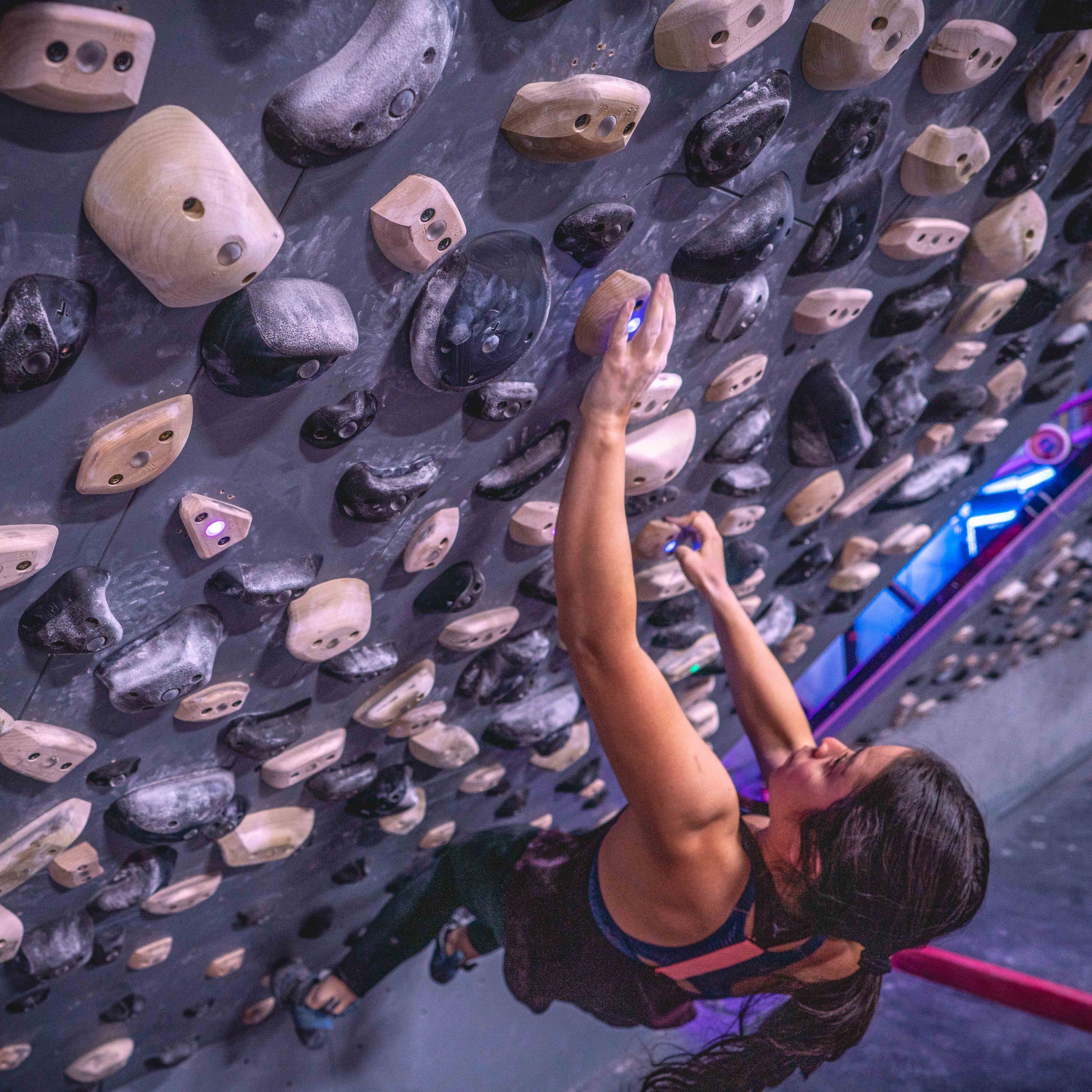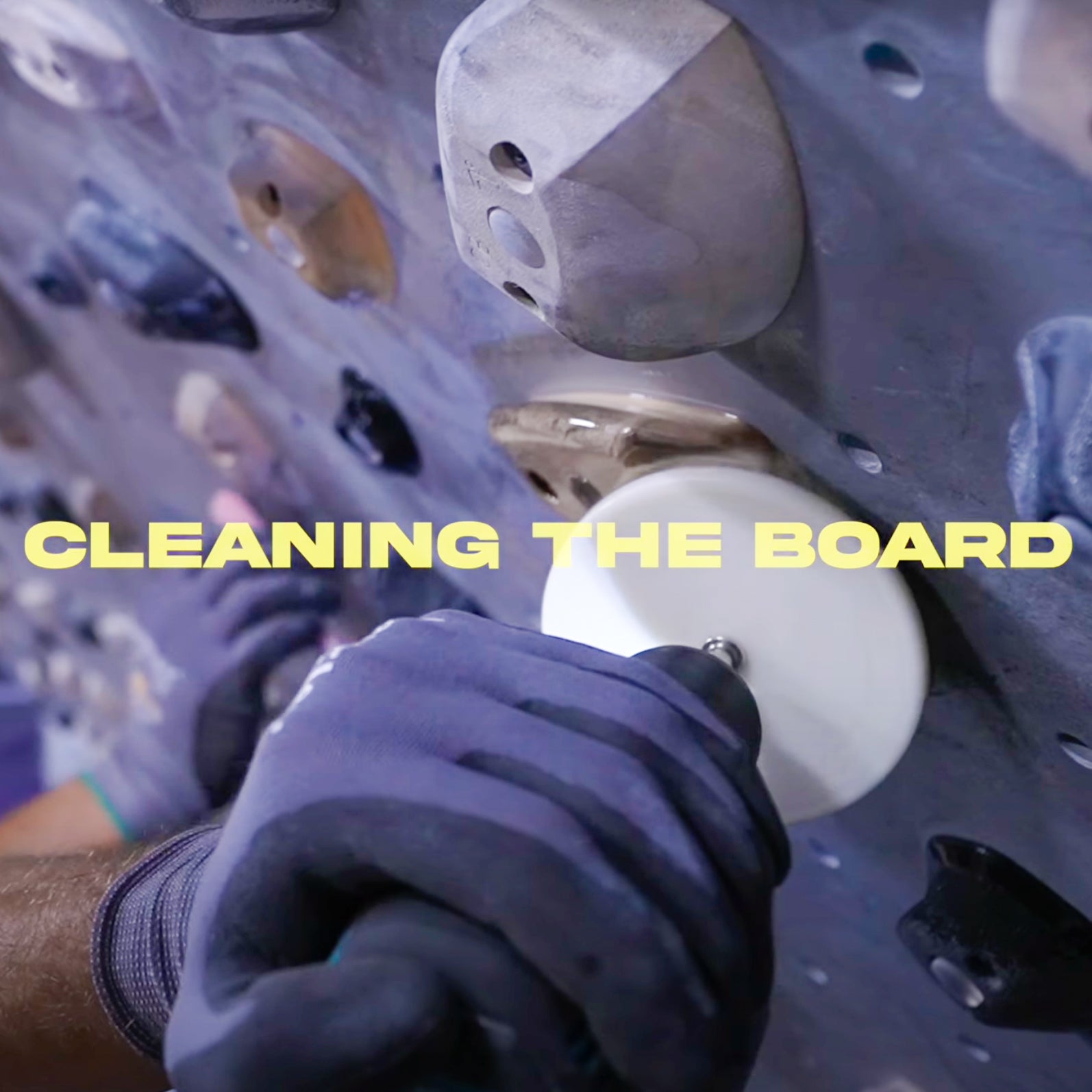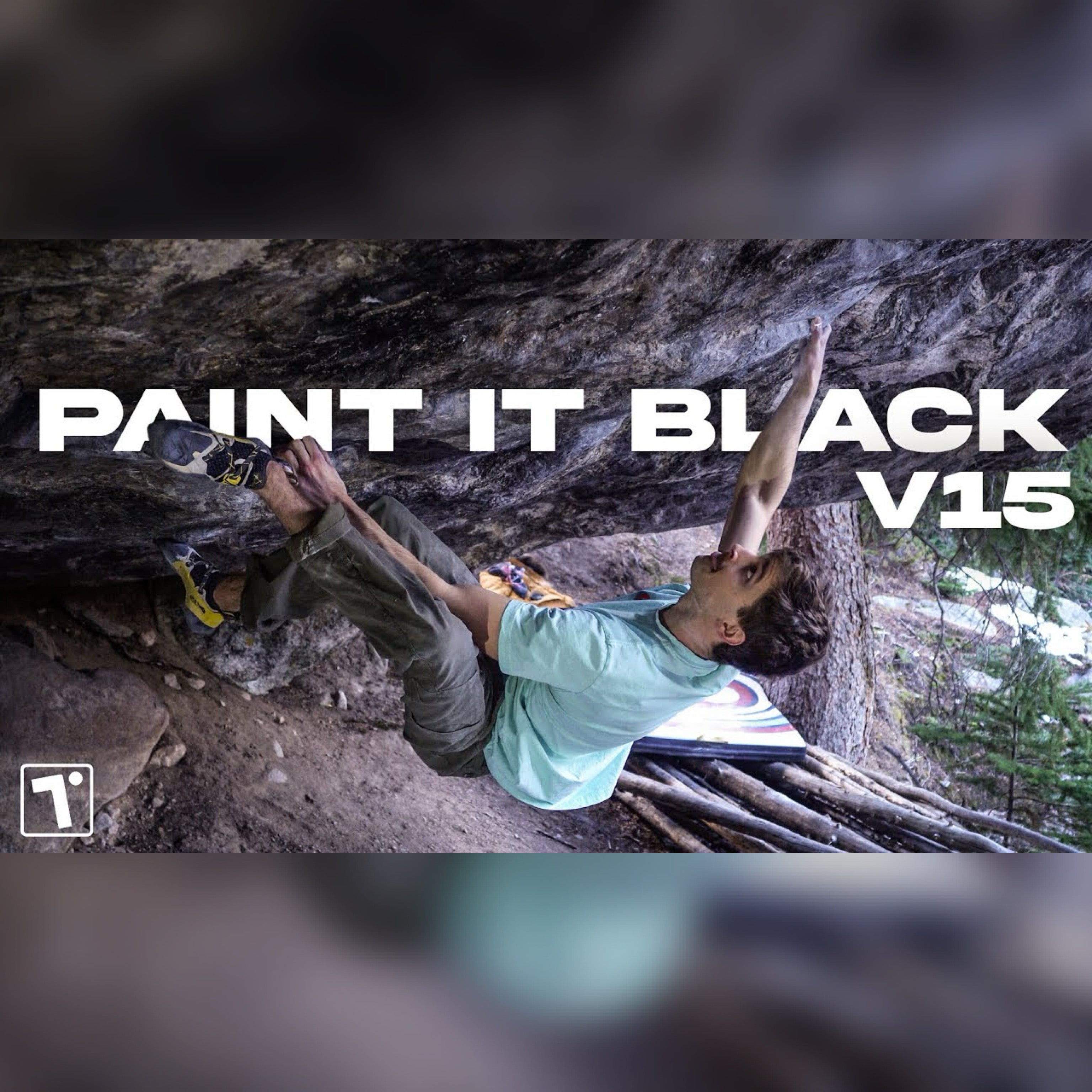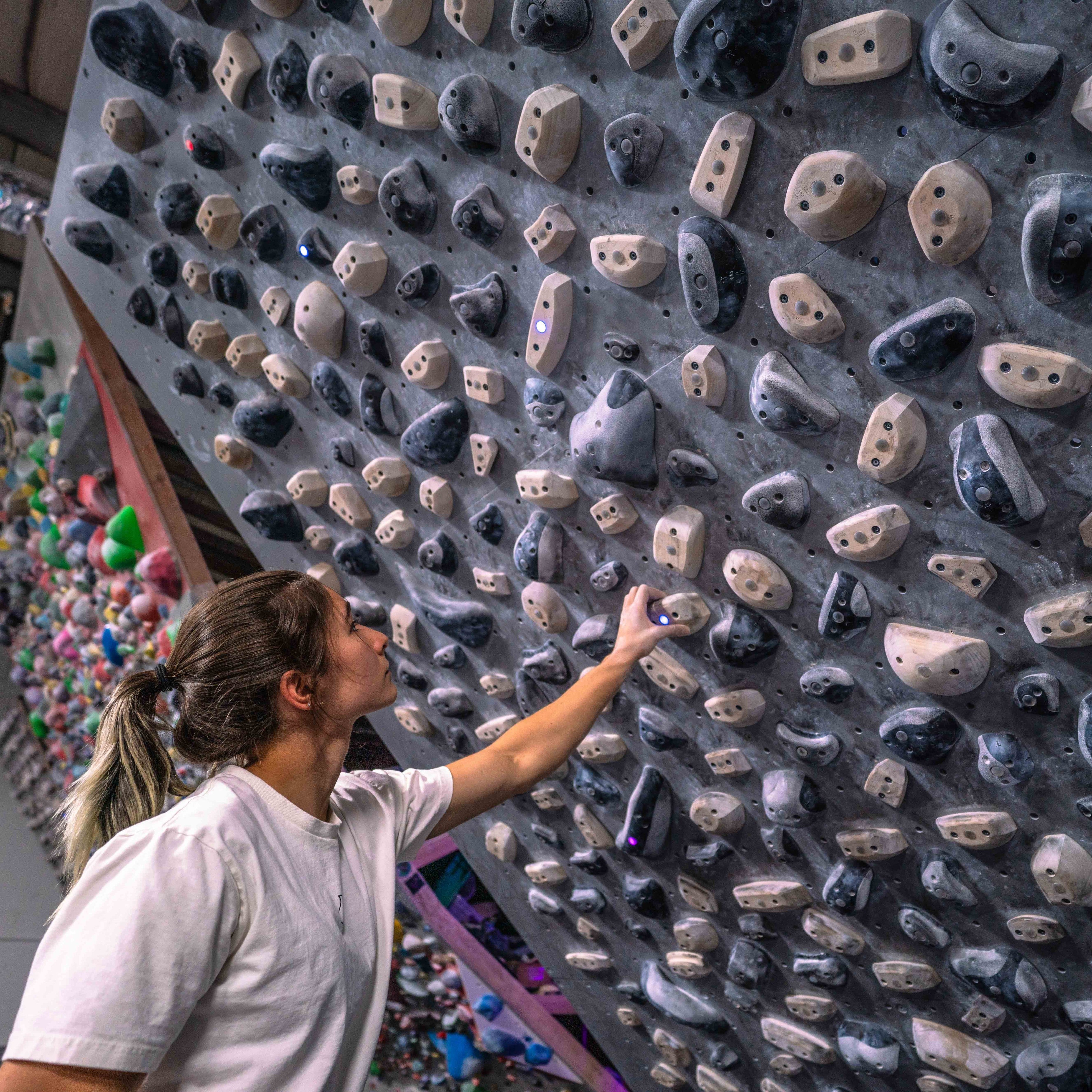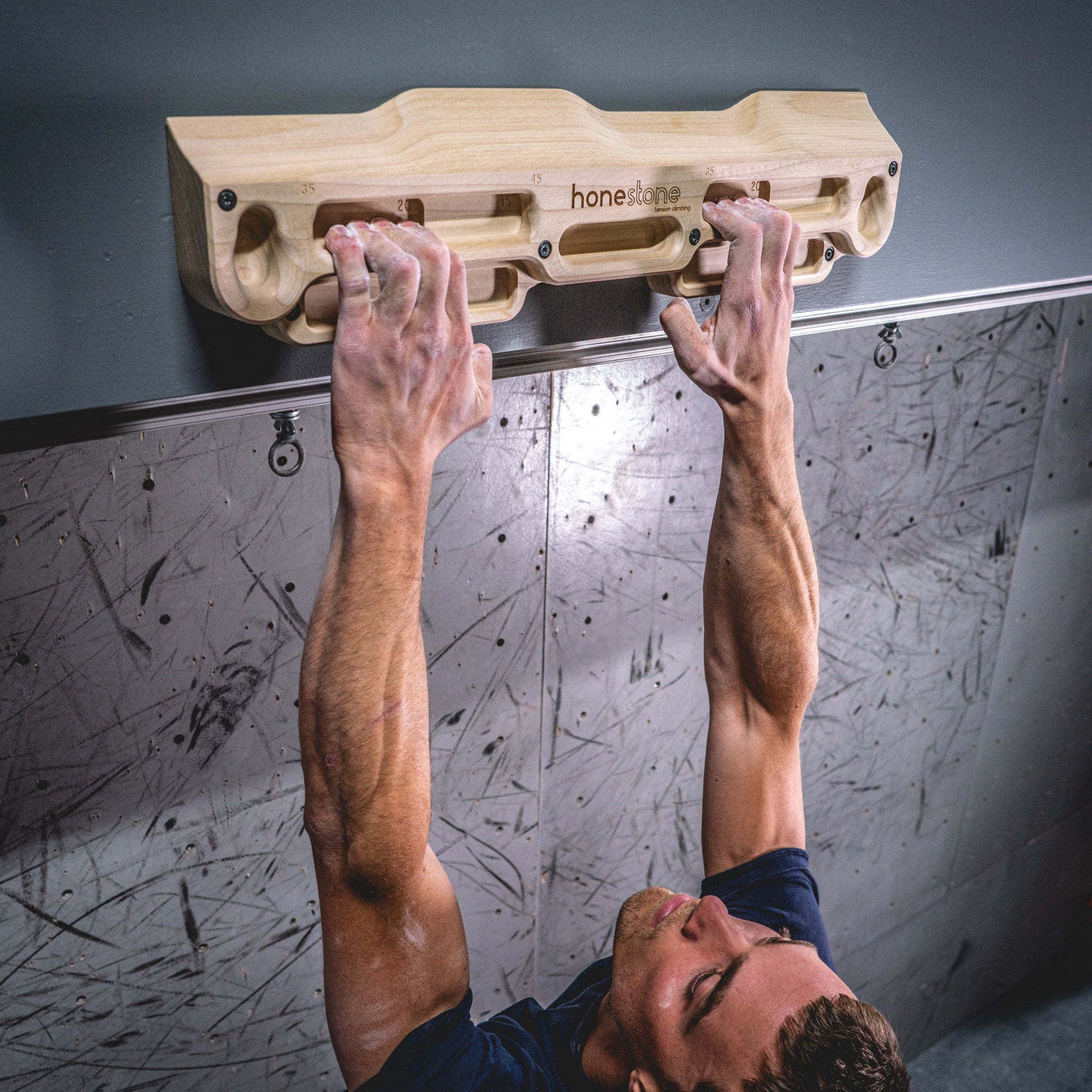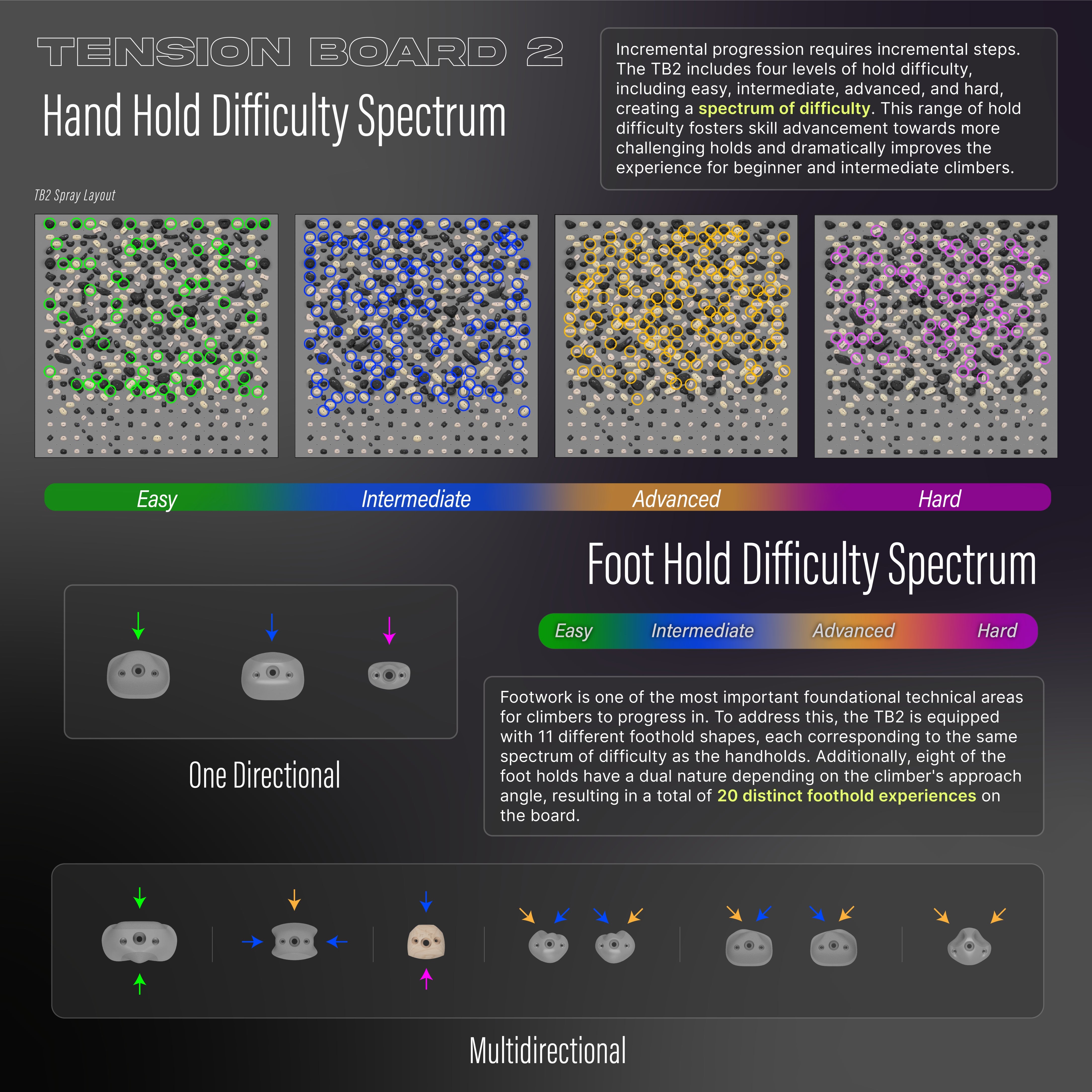Originally published May 2018
By Will Anglin
Something that I find continually humbling is how many large gaps still remain in the understanding of the human body. Even in sports where the research vastly outpaces the research in climbing, there are still countless unknowns. Research is important and I have huge respect for scientific rigor. However, practice is often ahead of research. I think coaches and trainers need to understand this and understand that it is also okay to appreciate results, whether they are supported by peer reviewed literature or not. Although this still needs to be tempered by an understanding of physiology, critical thinking, and an appreciation for the current body of literature. I myself need to work to keep this in mind as I frequently find myself dismissing ideas that are actually quite intriguing, simply because I am stuck in what I think I know or what I think has “enough” supporting literature. In general, I think everyone could do more in attempting to understand new ideas before dismissing them, and additionally, only dismissing the things that need dismissing. Too often good ideas are thrown out only because they are embedded in bad ideas.
As far as I am concerned, at this point in time, there is no “best method” in training for climbing. I do remain open to being convinced, so if you think you have a “best method” I’m always ready to listen. I used to have quite a few practices that I swore by and used for everyone. For some people they worked well and for others, they seemed to do nothing. To some extent, each individual is going to respond to training stimuli in different ways. Every individual brings a whole host of physical and mental baggage with them into every situation, training or otherwise. I say “baggage”, but I don’t mean to make it sound like it is all bad. Some of it is really good and helpful. It is a mixture. This baggage should be taken into account as best as possible when building a training plan in addition to the typical “what are your goals?”, “how many hours per week can you devote to climbing?”, etc. An example of this could be:
You are working with a climber who has a minimal time budget. You have this incredible exercise that you really believe in and has a lot of potential to help develop the climber physically, but it requires the climber to try 100% at the exercise even when they are near the top of the bouldering wall. It is a great exercise, but even though the person you are working with is super strong, they still have a lot of anxiety about falling from near the top of the wall in a potentially uncontrolled manner. This keeps them from being able to try at their max near the top of the wall.
You have many options in this situation, but to illustrate my point I’ll narrow it to just two:
- On one hand, you could modify the exercise to work without having to go near the top of the wall. That way you can get all the physical adaptation from the exercise and make the climber stronger, but without the anxiety or the fall risk.
- Another option would be to take a step back from pursuing the exercise entirely and use that time to address the falling anxiety.
Now, if our goal is to end up with a higher performing climber, and we don’t have time to do both things… what should we choose? Do we make the climber stronger or address the fall anxiety? Both options will help the climber improve, but if you want my opinion (and you’re reading this so…), addressing the fall anxiety is the obvious choice and gets you way more in the long run. If you climb, you will fall. If you can’t climb at your level when you’re near the top of a boulder (normal bouldering, not soloing or anything crazy), then you are going to have a really hard time actually sending things. If you decrease the anxiety, you increase the ability to send climbs and also increase the effectiveness of the strength exercise you wanted to do in the first place. Win-win.
That was a super narrow example, but I think it is the thought and decision-making process that is the important thing here. When I introduced the paragraph above I wrote, “…if our goal is to end up with a higher performing climber…” This, I think, is actually a lot more loaded than most would think and a very important part of what I am trying to get across. In order to think critically and make productive decisions when training, it is imperative to understand fundamental principles of climbing and physiology and to make goals that are built on that foundation. I am not saying that all people should have the same goals. What I am saying is that all peoples’ goals should be founded on a fundamental understanding of what it is that they are trying to do. When this is accomplished, It equips climbers, coaches, and trainers alike to think critically and make decisions that push themselves forward.
There are foundational ideas that apply across most of the population. In climbing, I think we are still solidifying what all of these foundational ideas are. I’m sure it will take a while and there will always be discussion surrounding these things, but that’s a good thing. In my experience, the following principles seem to be foundational and are points that I always come back to when I am considering a new exercise, building a plan for another person, and also training myself. As solid as I think these are at the moment, I still appreciate the fact that I could be wrong and reserve the ability to change my mind after incorporating new information.
____
Foundations
#1 Climbing is a hugely variable activity.
Climbing is comprised of multiple disciplines that carry with them different technical, physical, and mental demands. Even within disciplines, there is a spectrum of demands. Training not only needs to address the person, it also needs to address the specific and general demands the climber would like to expose themselves to. While there may be elements of a bouldering training plan in a plan for a sport climber, a sport climber probably shouldn’t train exactly like someone focusing on bouldering.
#2 Climbing exposes delicate bodily structures to extraordinary stress.
We cannot afford to take for granted the extreme stress climbing places on parts of the body that are not as well adapted to take on extreme stress. We see this mostly in the shoulders and hands. While this is typically seen as an issue only for young people and new climbers, climbers at all levels are susceptible to acute and chronic injuries from extreme and repetitive stress. Good training takes into account the climbing age and training age of the climber and attempts to apply the appropriate amount stress and focus. Climbers of all ability levels should engage in some form of strength training to one extent or another (depending on the individual) in order to make their bodies more resilient to the physical stress of climbing. Injuries occur when we demand more than the body is prepared to handle. It takes TIME and APPROPRIATE STIMULUS for the body to adapt to these stresses.
#3 Climbing is highly skill based.
In order to climb well, a climber needs to be exposed to many different styles of movement on many different types of terrain. Climbing is about adapting power and movement patterns to new and novel situations. Skill acquisition should be at the forefront of a climber’s mind. Even the best in the world are constantly considering the efficiency and efficacy of their movement. The topic of skill acquisition is debated across all fields, sport or otherwise, but one of the more interesting ideas I’ve been exposed to is Stephen Krashen’s “Input Hypothesis”. The Input Hypothesis is a group of concepts that pertain to language learning, but have implications elsewhere, including in climbing.
#4 Physical attributes are important.
While climbing is primarily skill based, it requires high levels of strength, power, and endurance to execute those skills. However, the exact levels of strength, power, and endurance a person needs for a particular goal is not well understood. This is partly because the skill component of climbing is not well quantifiable and partly because climbing itself is so variable. This can become a stumbling block for many climbers. The ability to quantify physical attributes in the face of seemingly ethereal and esoteric ideas around “technique” and “movement” makes it very easy to latch on to strength benchmarks and metrics at the expense of skill acquisition. To make matters worse, the more people buy into these metrics as something to pursue directly, the more it skews the data. To repeat a point from earlier, climbing imposes extreme stress on the body. Developing physical strength not only helps you pull harder, hold smaller holds, and keep your torso stable, it also makes you more resilient against the physical stress of climbing, thereby reducing the relative risk of injury.
#5 Climbing ability takes time AND energy to develop.
While there may seem to be outliers, climbing ability develops over time. This is a balance between chronological time and time actually spent in practice. As an example: “I’ve been climbing for 5 years” can mean all sorts of different things. The person who spends 5 years actively pursuing skill acquisition and an appropriate amount of physical training and climbing stress is going to be very different climber than a person who climbs socially 2 evenings a week for 5 years. The stronger and better you get, the more difficult it is to continue improving. Climbing a new grade every few weeks, will turn into every few months, into every few years, and so on. Learning to recognize and frame “progress” independent of the grading scale is imperative to both long term improvement and general sanity.
#6 Practice and Performance are different.
Climbing is odd in that it doesn’t necessarily have a “season”. Because of this, it becomes even more difficult and important to be able to separate practice from performance. Time spent in practice looks very different than time spent trying to perform. In practice, you prepare for performance. This isn’t just about modulating your physical output, but also developing mental strategies. Learning how to control your focus and thought process during a session or during a single attempt is just as, if not more, important as learning how to execute a new type of move, or improving strength in a certain grip position. Practice involves at least a semi-conscious deconstruction of and focus on particular parts of climbing, along with the subsequent reintegration of newly acquired or improved qualities. Performance is the ultimate leveraging of time spent in practice, pulling out all the stops, and applying everything in it’s right way. It takes significant mental strength to move between practice and performance. It is common to get stuck in one “mode” or the other. I see people who always seem to be “training”, but never actually go out and try to perform. On the other hand, there are plenty of people who always seem to be “working on the project”, but never take a step back to assess why it is that they’ve been working on the same project for 5 years straight and never seem to make any progress. We get comfortable in one space or the other. Having to move between practice and performance opens the cimber up to failure. Failure is uncomfortable. Most people avoid it. Don’t.
#7 Performance is a training stimulus.
While practice and performance are different, it is important not to underestimate the amount of stress that a performance puts on the body and the mind. Keep this in mind when assessing cumulative stress. This is something that is particularly important to comp climbers who operate on a strict schedule during which they are expected to perform at regular intervals during the season. Warming-up and climbing through multiple competition rounds is an intense and draining experience. Understanding that competition is actually a severe training stimulus can help an athlete plan their in-season training and recovery plan more effectively.
_____
My hope is that this gets people thinking about what their training and practice ideas are based on. Too often our focus is drawn to new and exciting peripheral ideas and training methodologies before we even decide on the core of what is important. This makes it difficult to put new ideas into context and to think critically about what has the potential to enhance your training and practice and what might be a poor use of time.


